Alocasia Zebrina Reticulata: A Guide to Growing and Caring
Introduction
Alocasia zebrina reticulata is a captivating tropical plant that has become a favorite among indoor gardeners and plant enthusiasts. Known for its striking zebra-striped stems and unique patterned leaves, this plant is a showstopper in any collection. Its bold aesthetics and lush greenery add an exotic touch to interiors, while its tropical roots make it a fantastic choice for humid outdoor gardens.
Native to Southeast Asia, Alocasia zebrina reticulata thrives in warm and humid conditions, embodying the vibrancy of tropical forests. Beyond its ornamental appeal, this plant also purifies the air, making it a practical and beautiful addition to homes. If you’ve ever wondered how to cultivate and care for this botanical gem, this guide will walk you through its types, care requirements, propagation, and how to grow it from seed.
For those looking to expand their green thumb knowledge, learning about other tropical plants like the Wandering Jew plant or experimenting with indoor window plants can enhance your gardening skills and diversify your collection.

Types of Alocasia Zebrina Reticulata
Alocasia zebrina reticulata is part of the larger Alocasia family, which is renowned for its variety of stunning species. While zebrina reticulata doesn’t have officially classified subtypes, individual plants often exhibit variations in leaf venation and stem striping.
- Classic Alocasia Zebrina Reticulata: This variety is known for its intricate leaf patterns and bold, zebra-striped stems, which contrast beautifully with the lush green foliage.
- Dark Stem Variation: Some plants have darker, more pronounced stem striping, which makes the zebra-like appearance even more dramatic.
- Lush Leaf Variation: Certain plants develop broader, more vibrant leaves with accentuated patterns, making them even more visually striking.
Each type offers a unique charm, ensuring that every Alocasia zebrina reticulata is one-of-a-kind and a prized addition to any collection.
How to Care for Alocasia Zebrina Reticulata
Caring for Alocasia zebrina reticulata requires an understanding of its tropical origins and specific needs. With the right environment and attention, this plant can thrive and bring its unique beauty to life.
- Light: Alocasia zebrina reticulata thrives in bright, indirect light. Too much direct sunlight can scorch its delicate leaves, while insufficient light can lead to slower growth and less vibrant foliage.
- Temperature and Humidity: As a tropical plant, it prefers temperatures between 65°F and 85°F (18°C to 30°C). High humidity levels are essential, ideally around 60% or more. Use a humidifier, pebble tray, or group it with other plants to create a humid microclimate.
- Watering: The soil should remain consistently moist but not soggy. Allow the top inch of soil to dry out between waterings to avoid root rot. During the plant’s active growing season (spring and summer), it may require more frequent watering.
- Soil: Use a well-draining potting mix, such as a blend of peat moss, perlite, and orchid bark. This ensures proper aeration while retaining some moisture.
- Fertilizing: Feed your Alocasia zebrina reticulata every two to four weeks during the growing season with a balanced liquid fertilizer diluted to half strength. Fertilizing encourages lush foliage and healthy growth.
How to Grow Alocasia Zebrina Reticulata from Seed
Growing Alocasia zebrina reticulata from seed is a rewarding but time-intensive process. The seeds are typically obtained from mature plant berries.
Start by filling a seed tray or small pots with a well-draining seed-starting mix. Gently press the seeds into the soil, covering them lightly. Mist the soil to keep it moist, then cover the tray or pots with clear plastic to create a greenhouse effect. Place the setup in a warm, humid location with bright, indirect light. Germination can take several weeks to months, so patience is essential. Once the seedlings develop a few leaves, carefully transplant them into individual pots.
Growing Alocasia Zebrina Reticulata from Seed
Growing Alocasia zebrina reticulata from seed is a rewarding process that requires patience and careful attention. Start by sourcing fresh seeds, typically obtained from mature plant berries. Prepare a seed tray or small pots with a well-draining seed-starting mix, ensuring the medium remains light and aerated. Lightly press the seeds into the soil, leaving them partially exposed. Mist the soil to moisten it and cover the tray or pots with clear plastic or a propagation dome to create a greenhouse effect. Place the setup in a warm, humid environment with bright, indirect light. Consistent warmth, around 75°F (24°C), and high humidity are critical for germination, which can take several weeks to months. Keep the soil evenly moist but not waterlogged to prevent rot. Once the seedlings develop a few leaves, they can be transplanted into individual pots and cared for like mature plants. This method, while slower than propagation by division, offers the satisfaction of growing Alocasia zebrina reticulata from its very beginnings.
Propagating Alocasia Zebrina Reticulata
Preparation
Propagation is a rewarding way to expand your plant collection. For Alocasia zebrina reticulata, division is the most effective method, as the plant naturally produces offsets or pups at its base. Gather clean gardening shears, gloves, fresh potting mix, and pots with proper drainage before starting.
Separating Offsets
Carefully remove the parent plant from its pot and loosen the soil to expose the offsets. Gently separate these smaller plants from the main root ball, ensuring each has its own roots. If necessary, use a clean knife to cut through stubborn connections. Inspect the roots and trim any damaged sections.
Planting Offsets
Replant each offset in a pot filled with well-draining soil, covering the roots but keeping the stem base above the soil line. Water thoroughly to settle the soil and eliminate air pockets.
Post-Propagation Care
Place the new plants in a warm, humid environment with bright, indirect light. Maintain consistent soil moisture without overwatering, and mist occasionally to prevent leaf drying. Within a few weeks, the offsets should establish themselves and show new growth.
With these steps, propagating Alocasia zebrina reticulata becomes a straightforward and fulfilling process, giving you more of these stunning plants to enjoy or share.
Common Issues and Troubleshooting
Even with the best care, Alocasia zebrina reticulata can face common challenges. Here’s how to address them:
- Yellowing Leaves: Overwatering is often the culprit. Ensure the soil is well-draining and that the pot has proper drainage holes. For more detailed advice, explore our guide on why monstera leaves turn yellow, which offers insights applicable to many tropical plants.
- Pests: Spider mites, mealybugs, and aphids can infest the plant. Regularly inspect the leaves for signs of pests and treat infestations promptly with neem oil or insecticidal soap.
- Drooping Leaves: This can result from underwatering, overwatering, or inadequate humidity. Check the soil moisture and adjust your watering schedule accordingly. High humidity can help prevent drooping.
- Leggy Growth: Insufficient light may cause the plant to grow leggy. Relocate it to a brighter spot or use a grow light to encourage compact growth.
Benefits of Alocasia Zebrina Reticulata
This plant is not just about aesthetics. Its air-purifying properties make it an excellent choice for improving indoor air quality. Additionally, its bold foliage adds a dramatic flair to any space, whether as a centerpiece or a complement to other tropical plants. Caring for Alocasia zebrina reticulata is also a rewarding experience, offering a sense of accomplishment as the plant thrives under your care.
If you’re considering adding edible plants to your collection, you might also explore how to grow basil in a pot, which pairs beautifully with Alocasia zebrina reticulata in a home garden setup.

Where to Buy Alocasia Zebrina Reticulata
Alocasia zebrina reticulata can be found at specialty plant nurseries, reputable garden centers, and various online retailers. When choosing where to buy, it’s important to prioritize quality over convenience to ensure you’re getting a healthy plant that will thrive in your care.
At specialty nurseries and garden centers, you’ll have the advantage of seeing the plant in person. Look for specimens with vibrant, unblemished leaves and firm, zebra-striped stems. The roots should not appear overly crowded or emerging from the drainage holes, which could indicate a pot-bound plant. Nurseries often have knowledgeable staff who can answer questions about the plant’s care needs, making it a great option for beginners.
Online retailers are another excellent option, especially if local nurseries don’t carry this specific variety. Many plant-specific online stores specialize in rare and exotic species, including Alocasia zebrina reticulata. When purchasing online, ensure the seller has positive reviews, provides detailed plant descriptions, and offers photos of the actual plant being sold. Reputable sellers will package the plant carefully to protect it during transit, especially if you live in an area with extreme temperatures.
Some retailers also offer seeds if you’re interested in growing Alocasia zebrina reticulata from scratch. This option is often more affordable but requires patience and effort. For seed purchases, choose trusted suppliers known for high germination rates and quality products.
Whether you opt for a mature plant or seeds, always inspect the plant or packaging upon arrival. For plants, check for any signs of pests, discoloration, or damage that may have occurred during transport. If issues arise, contact the seller immediately to address concerns.
By selecting a reliable source and a healthy specimen, you set the foundation for a thriving Alocasia zebrina reticulata that will bring beauty and vibrancy to your space for years to come.
Conclusion
Alocasia zebrina reticulata is a captivating plant that brings tropical elegance to any home or garden. Its zebra-striped stems and lush, patterned leaves make it a standout addition, while its relatively low-maintenance care requirements ensure it thrives in a variety of environments. Whether you’re propagating it from offsets or growing it from seed, this plant offers a deeply rewarding experience.
With proper care and attention, the plant will not only enhance your space but also deepen your connection to the natural world.


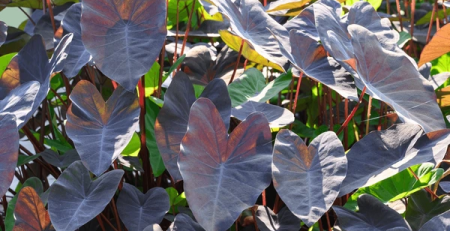
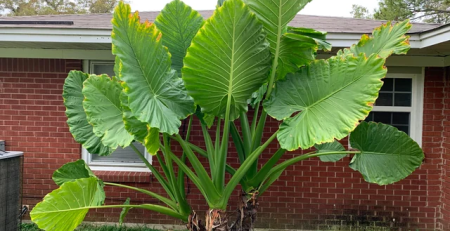
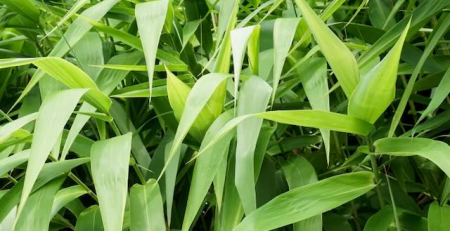
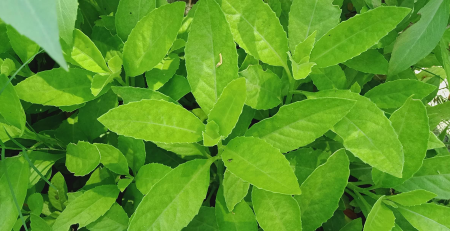
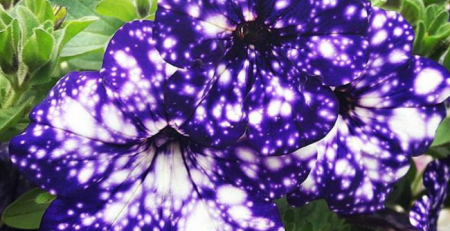

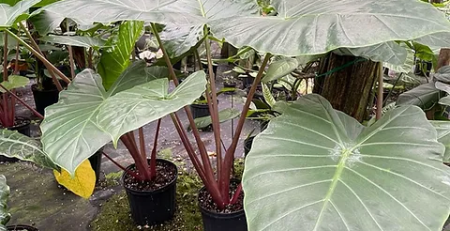
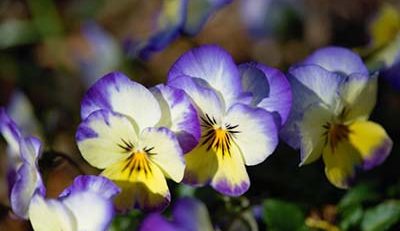

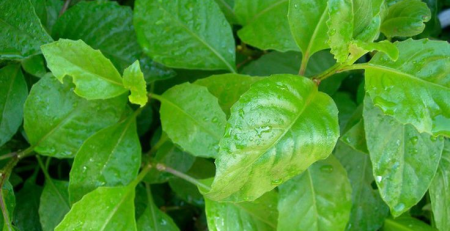
Leave a Reply